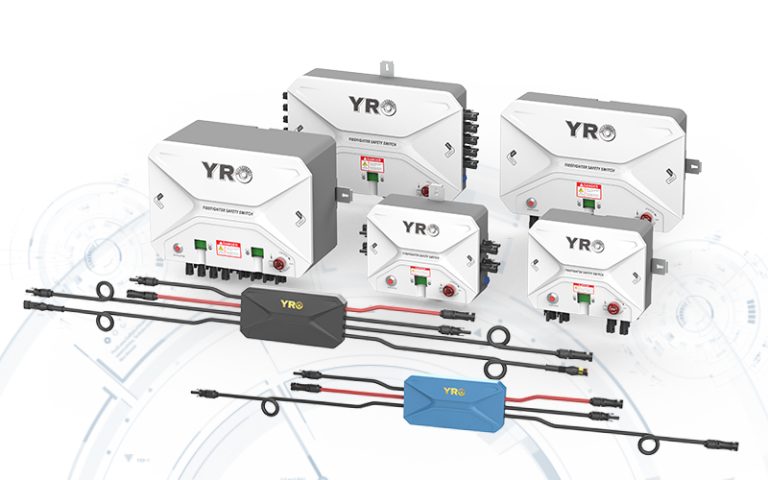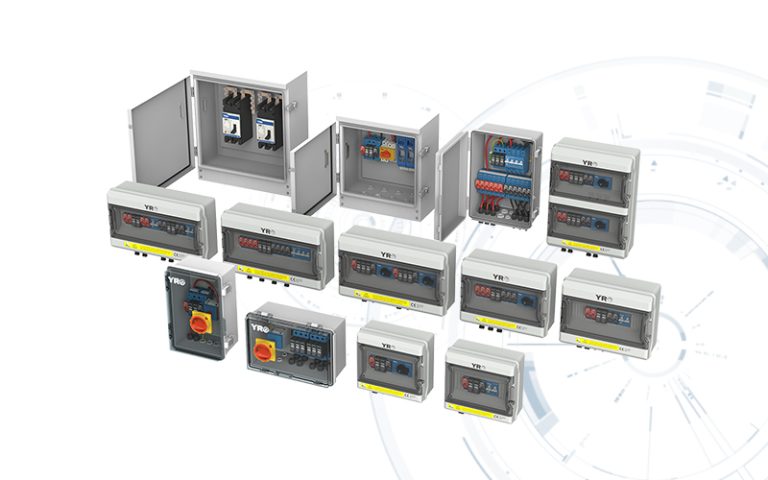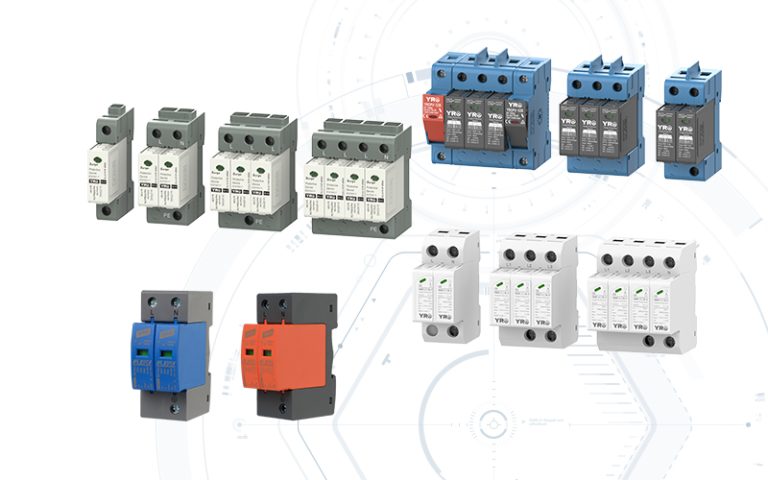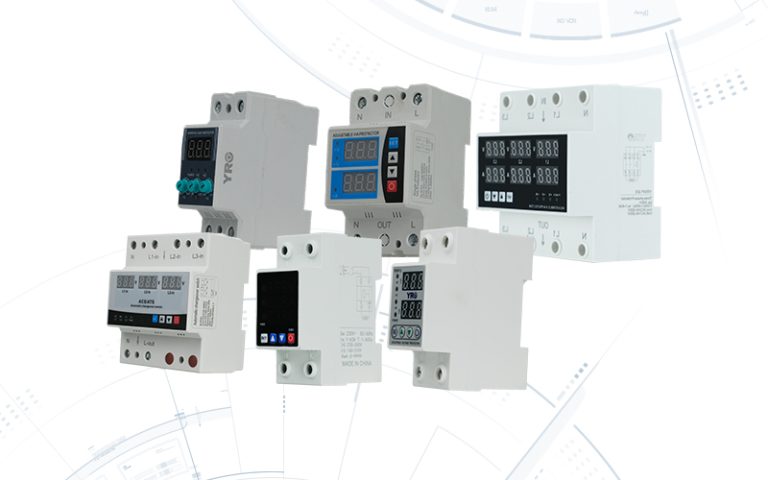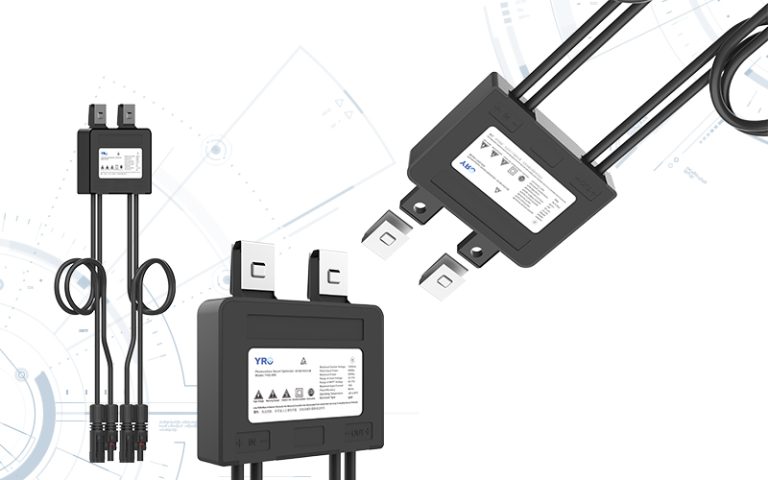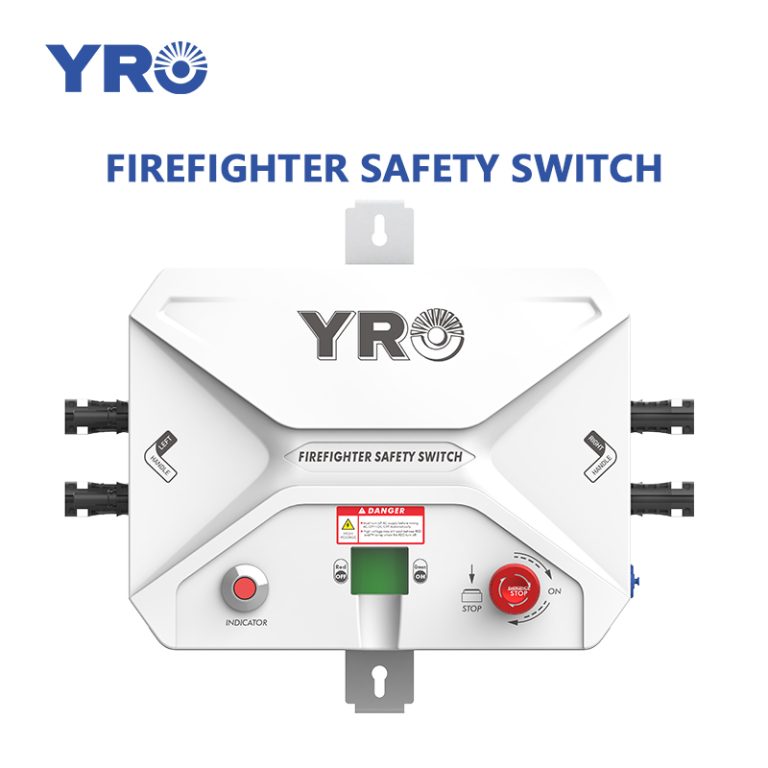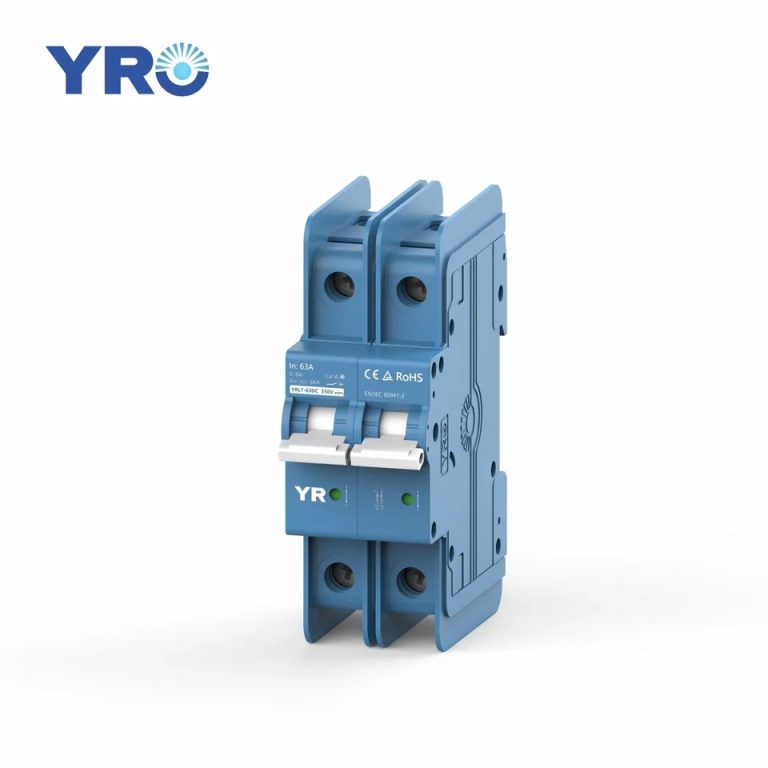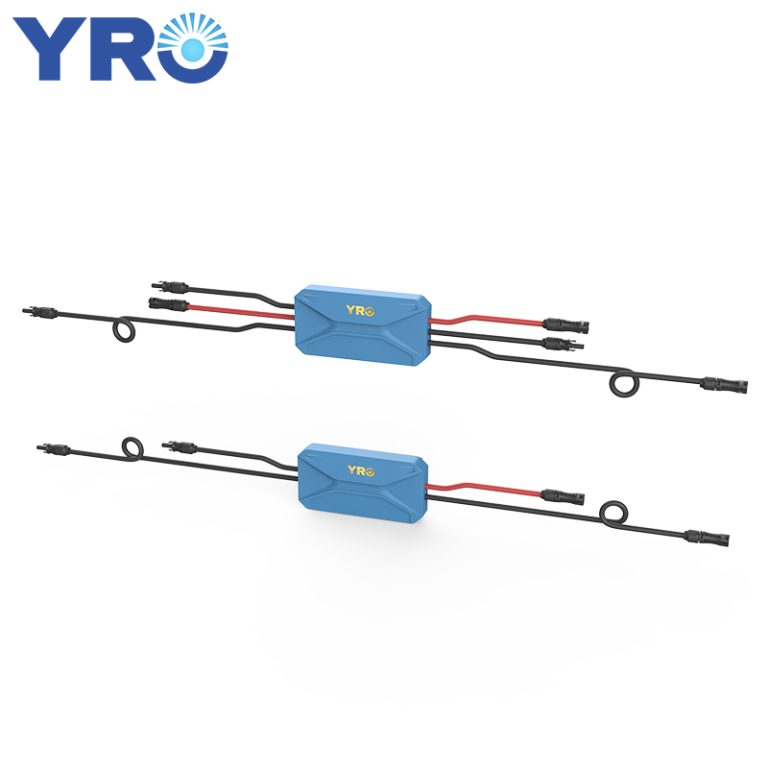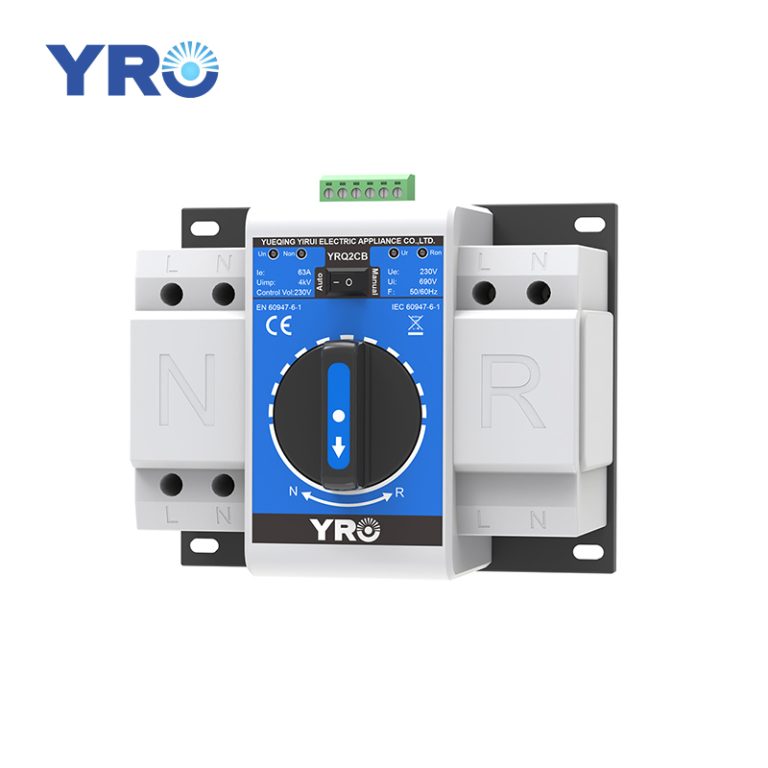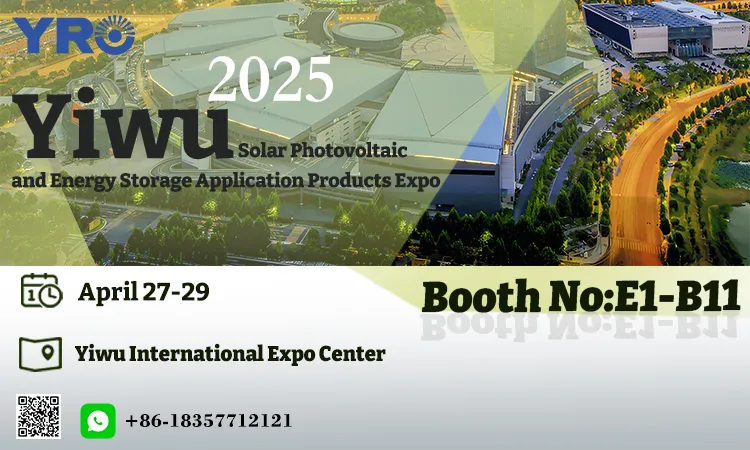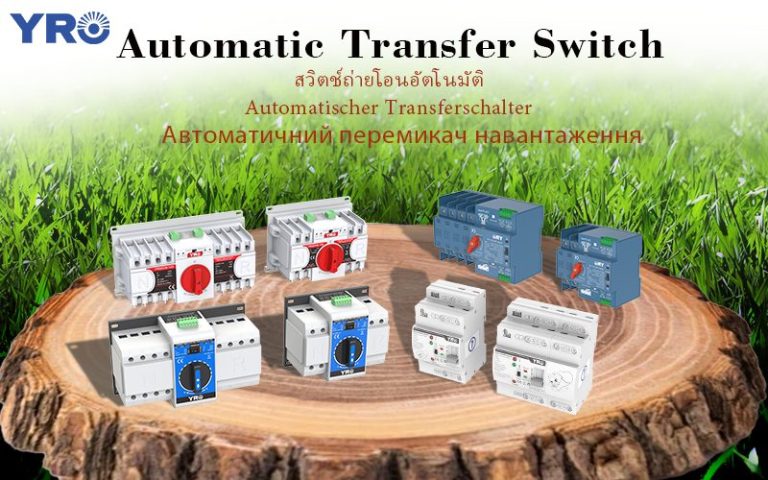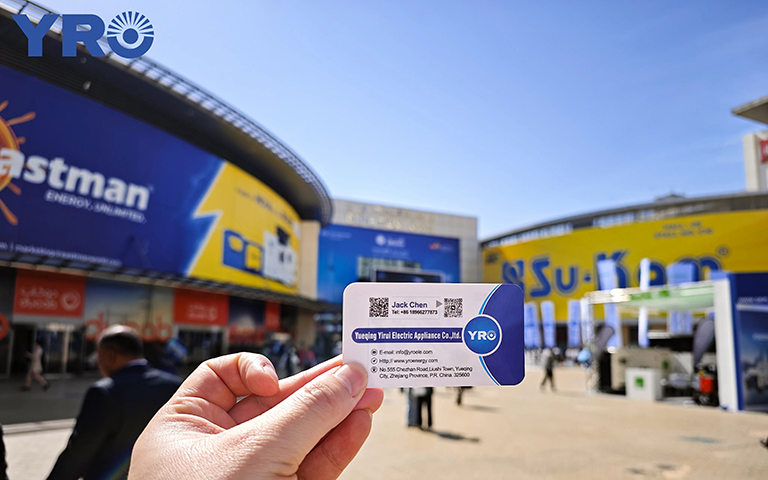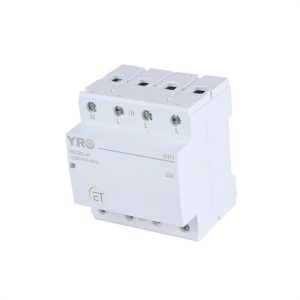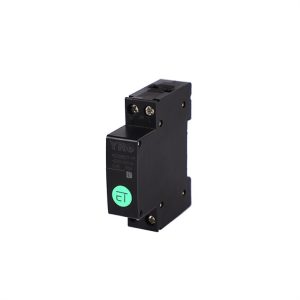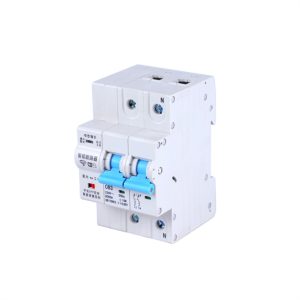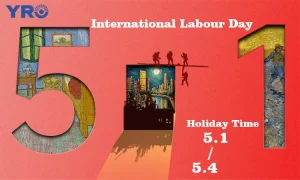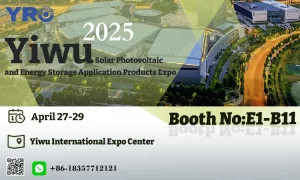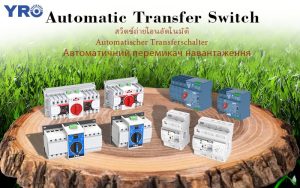In today’s world, where renewable energy is gaining increasing attention, solar power generation has become a key focus for many countries and regions. As one of the critical components in a solar system, solar cable plays an essential role in the entire power transmission process.
What Is Solar Cable?
Solar cable, fully known as cables for solar photovoltaic power generation systems, is specifically designed for the energy transmission of direct current in solar power plants. It primarily connects solar panels, inverters, and other components, transmitting the direct current generated by solar panels to the inverter, which then converts it into alternating current for use in homes, businesses, or the grid.
These cables are engineered to withstand extreme temperatures, resist UV radiation, and provide protection against moisture, salt spray, and weak acids or bases. They also exhibit excellent physical properties such as aging resistance and flame retardancy. Common models include PV1-F and H1Z2Z2-K.
What Are the Applications of Solar Cable?
– Residential Rooftop Solar Systems: By installing solar panels on residential roofs, solar energy is harnessed for power generation. Solar cables are responsible for transmitting electricity from the rooftop components to the indoor inverter, ensuring a stable power output.
– Commercial and Industrial Sectors: Large commercial buildings, factories, and warehouses often install extensive solar power systems to meet their daily electricity needs. In these systems, solar cables must withstand higher currents and voltages, necessitating stricter design and manufacturing standards.
– Public Facilities: Facilities such as parks, stations, airports, and road lighting require long-term illumination and power supply. Solar power systems can provide a stable and eco-friendly energy source. The application of solar cables in these settings not only helps in energy conservation and emissions reduction but also enhances the overall image of public facilities.
– Remote Areas: In regions with inadequate power infrastructure, traditional electricity supply is often difficult to access. Solar cables are widely used to establish small solar power systems, providing electricity to local residents.
– Transportation: With the rapid development of new energy vehicles, solar cables are also being applied in the transportation sector. For instance, some electric vehicles and public transport systems have solar panels installed on their roofs, using solar cables to convert solar energy into electricity, providing auxiliary power or charging for the vehicles.
– Energy Internet and Smart Grids: By connecting solar power systems to the grid, distributed generation and management of electricity can be achieved, improving the stability and reliability of the power system. The application of solar cables in these contexts contributes to sustainable energy utilization and optimization of resource allocation.

What Is the Difference Between Solar Cable and Normal Cable?
| Feature | Solar Cable | Normal Cable |
| Usage and Environment | Designed for connecting solar panels to inverters, transmitting electricity from solar power systems to power stations or energy storage devices. They must withstand outdoor conditions, including high temperatures and UV radiation, as solar panels are typically exposed to the elements. | Used for general power transmission across various applications, including buildings, industries, and homes. They may need to consider features like fire resistance, abrasion resistance, and chemical corrosion based on the specific environment. |
| Conductor Material | Typically made of copper or aluminum. Copper conductors offer better conductivity but are heavier; aluminum conductors are lighter and more cost-effective but have slightly lower conductivity. | The conductor material can vary widely, including copper, aluminum, or copper-aluminum alloys, depending on the application and requirements. |
| Insulation Material | Usually employs high-performance materials like cross-linked polyethylene (XLPE) or ethylene propylene rubber (EPR) to enhance insulation performance. | Material choices vary by use, including polyvinyl chloride (PVC), XLPE, or rubber, depending on the specific application. |
| Sheath Material | Commonly uses UV-resistant and high-temperature materials such as XLPE or PVC. | The choice of sheath material varies according to application and may include PVC, low smoke zero halogen (LSZH), and others. |
| Flame Retardancy | Features dual insulation for additional protection against fire hazards. | Generally employs single-layer insulation suitable for indoor use. |
How to Calculate Cable Size for a Solar System?
1、Calculation formula for photovoltaic cables
– The formula for calculating the cross-sectional area of solar cable is:
S=(I*L*K) / △U
Where:
S is the cross-sectional area (mm²)
I is the current (A)
L is the cable length (m)
K is the heat dissipation coefficient (generally taken as 1.2)
ΔU is the allowable voltage drop (V)
– The formula for calculating voltage drop in solar cable is:
△U=I*L*R
Where:
ΔU is the voltage drop (V)
I is the current (A)
L is the cable length (m)
R is the resistance of the cable (Ω/m)
2、Calculation Example
Assuming the rated current of the solar panel is 10A, the distance between the installation location and the inverter is 20m, the heat dissipation coefficient K is taken as 1.2, and the allowable voltage drop is 2V. Based on the formulas above, we can calculate the cross-sectional area and voltage drop of the solar cable.
First, calculate the cross-sectional area of the solar cable:
S=(10A*20m*1.2) / 2V=120mm²
Then, calculate the voltage drop of the solar cable:
△U=10A*20m*R
Assuming the resistance of the cable R is 0.1Ω/m, the voltage drop will be:
△U=10A*20m*0.1Ω/m=20V
Based on the calculation results, you can choose a solar cable with a cross sectional area of 120 mm² and a voltage drop of 20V.
3、Notes
When calculating solar cable, consider the following points:
(1)Take into account the rated current of the solar panel and the distance between the installation location and the inverter.
(2)Select the appropriate heat dissipation coefficient K and allowable voltage drop ΔU.
(3)Choose the suitable specifications of solar cable based on the calculation results.
Solar cables are an indispensable part of solar photovoltaic power generation systems. They are responsible for safely and efficiently transmitting the electricity generated by solar panels to inverters and other related devices, facilitating the utilization of renewable energy and promoting sustainable energy use.

